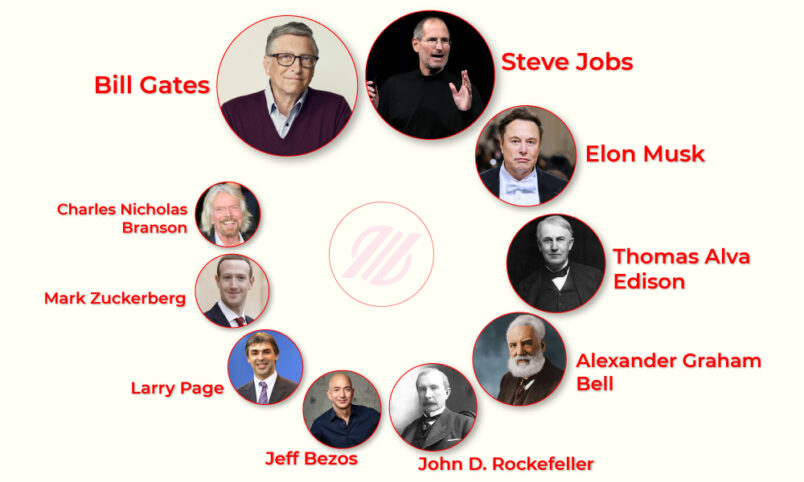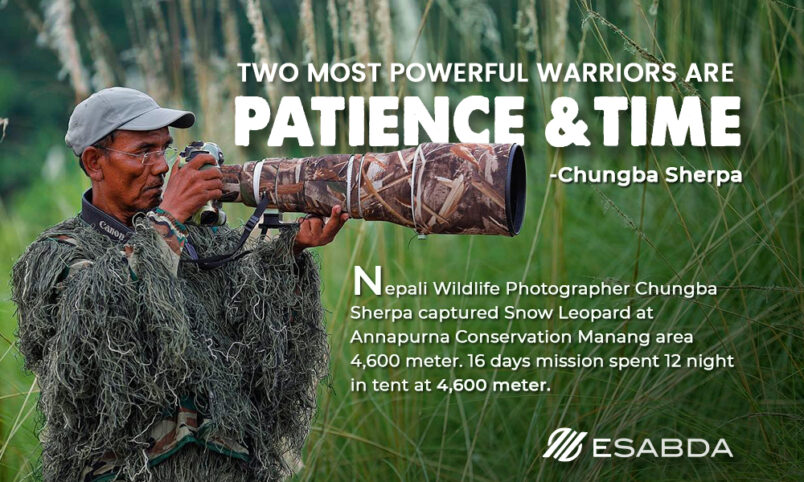By Esabda
In recent years, the world of social media has given birth to a new breed of influencers – the micro-influencers. These individuals have carved out a niche for themselves in the digital landscape, amassing a modest but highly engaged following. While being a micro-influencer may seem glamorous, there are significant disadvantages that often go unnoticed. In this article, we will delve into the darker side of micro-influencing, shedding light on five major disadvantages that aspiring influencers should be aware of.
Micro-Influencer Trends
Micro-influencers are shaping the digital landscape with some notable trends. Authenticity continues to reign supreme, with audiences valuing genuine connections and relatable content. Niche specialization is on the rise, as micro-influencers are focusing on specific topics, from sustainable living to vintage fashion, catering to highly engaged audiences.
Collaborations with local businesses are becoming more common, fostering a sense of community. Additionally, short-form video content, particularly on platforms like TikTok, is gaining momentum among micro-influencers, allowing them to showcase creativity and capture attention in seconds.
As the influencer landscape evolves, micro-influencers are at the forefront, setting new standards for engaging and relatable content. By collaborating with micro-influencers brands are getting massive benefits and growth.
5 Disadvantages of Being a Micro-Influencer
Here are the 5 disadvantages that anyone has to experience being a micro-influencer:
1. The Constant Struggle for Visibility
One of the most prominent disadvantages of being a micro-influencer is the constant battle for visibility. In a world dominated by mega-influencers with millions of followers, it can be challenging to stand out. Micro-influencers often find themselves overshadowed by these larger-than-life personalities, making it difficult to grow their audience and secure lucrative partnerships.
For example meet Sarah, a fitness micro-influencer with 10,000 followers. She competes for attention with Mark, a mega-influencer with 5 million followers. When a fitness brand wants to collaborate, they choose Mark due to his wider reach, leaving Sarah with fewer opportunities despite her expertise. This illustrates the challenge micro-influencers face in standing out among the giants in the influencer world.
2. Limited Earning Potential
While mega-influencers rake in substantial sums of money for their promotional efforts, micro-influencers often face limited earning potential. Brands are more likely to invest their budgets in influencers with massive followings, leaving micro-influencers with modest compensation for their hard work. This financial limitation can be discouraging, especially for those hoping to turn their passion into a full-time career.
Imagine Alex, a food micro-influencer with 20,000 followers, and Emma, a mega-influencer with a million followers. A kitchen appliance brand offers Emma a big paycheck for promotion, while Alex gets a much smaller one. This highlights how micro-influencers often earn significantly less due to their smaller following, which can be discouraging for those aiming for a full-time influencer career.
3. Content Creation Burnout
Micro-influencers are no strangers to the pressure of consistently producing high-quality content. Maintaining audience engagement requires a constant stream of posts, stories, and videos. This relentless demand for fresh content can lead to burnout, as micro-influencers struggle to balance their personal lives with the demands of their digital personas.
For instance, meet Lisa, a fashion micro-influencer. She’s always creating new fashion content to keep her audience engaged. This constant demand for fresh posts takes a toll, and Lisa often feels burnt out as she tries to balance her online presence with her personal life. This highlights the pressure micro-influencers face in producing non-stop high-quality content.
4. Limited Networking Opportunities
In the influencer ecosystem, networking plays a crucial role in securing partnerships and collaborations. However, micro-influencers often find themselves on the periphery of exclusive circles dominated by their mega-counterparts. This exclusion can hinder their growth and limit their access to valuable opportunities within the industry.
Imagine Alex, a tech micro-influencer looking to collaborate with industry giants. But at networking events, he’s often overshadowed by mega-influencers with huge followings. This exclusion from exclusive circles limits his growth and access to valuable opportunities in the tech world.
5. Lack of Job Security
Unlike traditional careers, the life of a micro-influencer is marked by uncertainty. Fluctuating algorithms, changing trends, and the ever-evolving social media landscape mean that what works today may not work tomorrow. This lack of job security can be anxiety-inducing, as micro-influencers constantly worry about the longevity of their digital careers.
Meet John, a travel micro-influencer. He’s always adapting to changing social media trends and algorithms. The uncertainty of what will work in the ever-evolving landscape makes him anxious about the longevity of his digital career, unlike traditional careers that offer more stability.
Is it possible for a micro-influencer to become a mega-influencer over time?
Yes, it is possible for a micro-influencer to become a mega-influencer over time. With consistent quality content, audience engagement, and strategic growth efforts, micro-influencers can expand their following and reach the status of mega-influencers with larger audiences.
Conclusion
While the life of a micro-influencer may seem appealing from the outside, it’s essential to acknowledge the significant disadvantages that come with it. The constant struggle for visibility, limited earning potential, content creation burnout, limited networking opportunities, and lack of job security all cast a shadow on the glamorous facade of micro-influencing. Aspiring influencers must weigh these disadvantages carefully and make informed decisions about their digital journeys.




